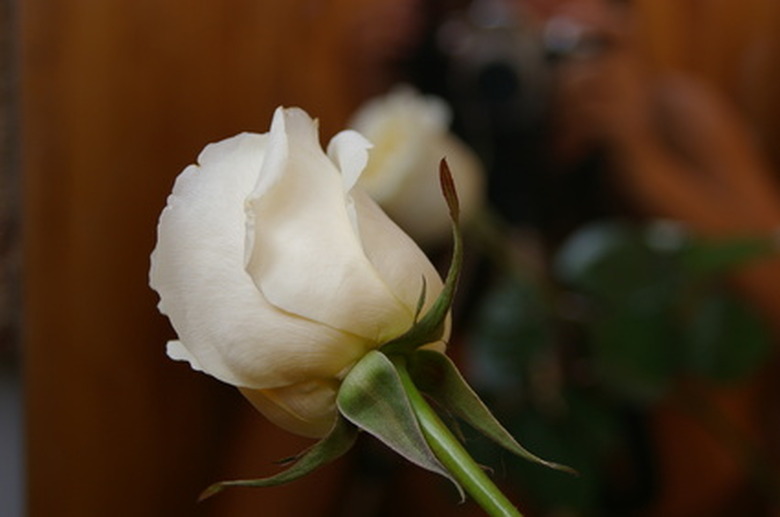How To Use Mirrors To Redirect Light To Plants
Some plants thrive in shady areas, but most houseplants need at least indirect sunlight to thrive. Unfortunately, most homes aren't designed with your love of plants in mind. So, if you want to grow certain plants in low-light conditions, you'll have to get creative. One way to increase the amount of light your plants get is to creatively place mirrors throughout your home. These mirrors will pick up natural sunlight and bounce it back onto your plant.
Step 1
Purchase one or more high-end medical mirrors from a drug or medical supply store. These mirrors reflect more of the light spectrum than common beauty mirrors. Purchase a fabric-like mirror called mylar, if you cannot find a high-quality mirror.
- Some plants thrive in shady areas, but most houseplants need at least indirect sunlight to thrive.
- Unfortunately, most homes aren't designed with your love of plants in mind.
Step 2
Position your mirror so that it's in the path of direct sunlight. You'll be able to shine a beam of light on other surfaces once you've picked up the beam. Practice moving the beams of light around to get a feel for how the light will move from the mirror to your plant.
Step 3
Point the beam of reflected sunlight at your plants. Aim the hottest part of the beam at an area next to your plant but not directly on it because reflected sun beams can get hot enough to scorch your plant.
Step 4
Consider using a mirror on a swivel that you can adjust as the seasons change. Keep in mind that the direction of your reflected beam will change as the position of the sun changes.
- Position your mirror so that it's in the path of direct sunlight.
- Practice moving the beams of light around to get a feel for how the light will move from the mirror to your plant.
Step 5
Use mirrors outdoors to reflect sunlight into your flower, vegetable or herb gardens by hanging them on fences, from trees or by laying mirrored tiles on the ground throughout your garden. Avoid mirrors that reflect light toward the street, as it can distract drivers.
Tip
Mylar comes in rolls or sheets. It's good for reflecting light in indoors or over large areas, such as vegetable gardens. Roll it out and place your houseplants on top of it–or, place it next to your garden plants.
